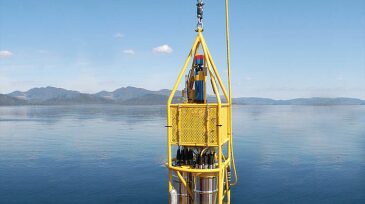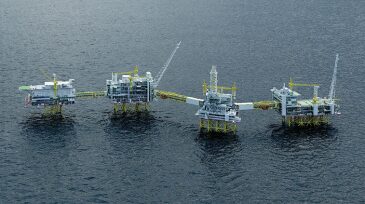Offshore/subsea systems
Vår Energi ASA and partners have officially sanctioned the Previously Produced Fields Project in the Greater Ekofisk Area. The redevelopment is expected to add high-value barrels starting in 2028, extending the production life of one of Norway’s key offshore regions.
Sponsored
As HPHT wells push equipment to the edge of material limits, operators are turning to advanced thermoplastics and sealed electrical assemblies to maintain system integrity. From ESP insulation to BOP control systems, the right component design can prevent failures, lower intervention costs, and extend equipment life in the harshest offshore environments.
The new development is estimated to hold 46 million bbl of recoverable oil and is planned to start up in late 2028.
-
The need to economically invest in offshore exploration and production has inspired a wide range of innovations in Norway to drastically reduce costs, which can lead to changes in offshore operations around the world.
-
A new method for accessing and cementing hard-to-reach spaces around complex offshore wells.
-
The BC-10 asset, located in deep water offshore Brazil, produces heavy oil in the range of 16 to 24 °API. In this article, two examples of production optimization for this field will be provided (further examples are available in the complete paper).
-
This paper describes the CLOV deepwater megaproject in Block 17 offshore Angola, which cost USD 8.4 billion to first oil.
-
Moving to higher-capacity wellhead systems for high-pressure and high-temperature (HP/HT) environments will require a larger mandrel and conductor-casing size.
-
A RPSEA project identified the gaps in technology that are the most pressing for multiphase-flow measurement.
-
To help lower costs of offshore projects, DNV GL has launched initiatives focused on the use of composite components.
-
Deepwater production has become more reliant on the integrity of subsea, umbilical, riser, and flowline (SURF) systems. A JIP explored cost-effective inspection and maintenance options.
-
Douglas-Westwood (DW) expects the expenditure of subsea vessel operations to begin a gentle upswing after next year.
-
Statoil is going to work to put its enormous Johan Sverdrup discovery into production, showing that even one of the most explored parts of the North Sea still has significant potential.













